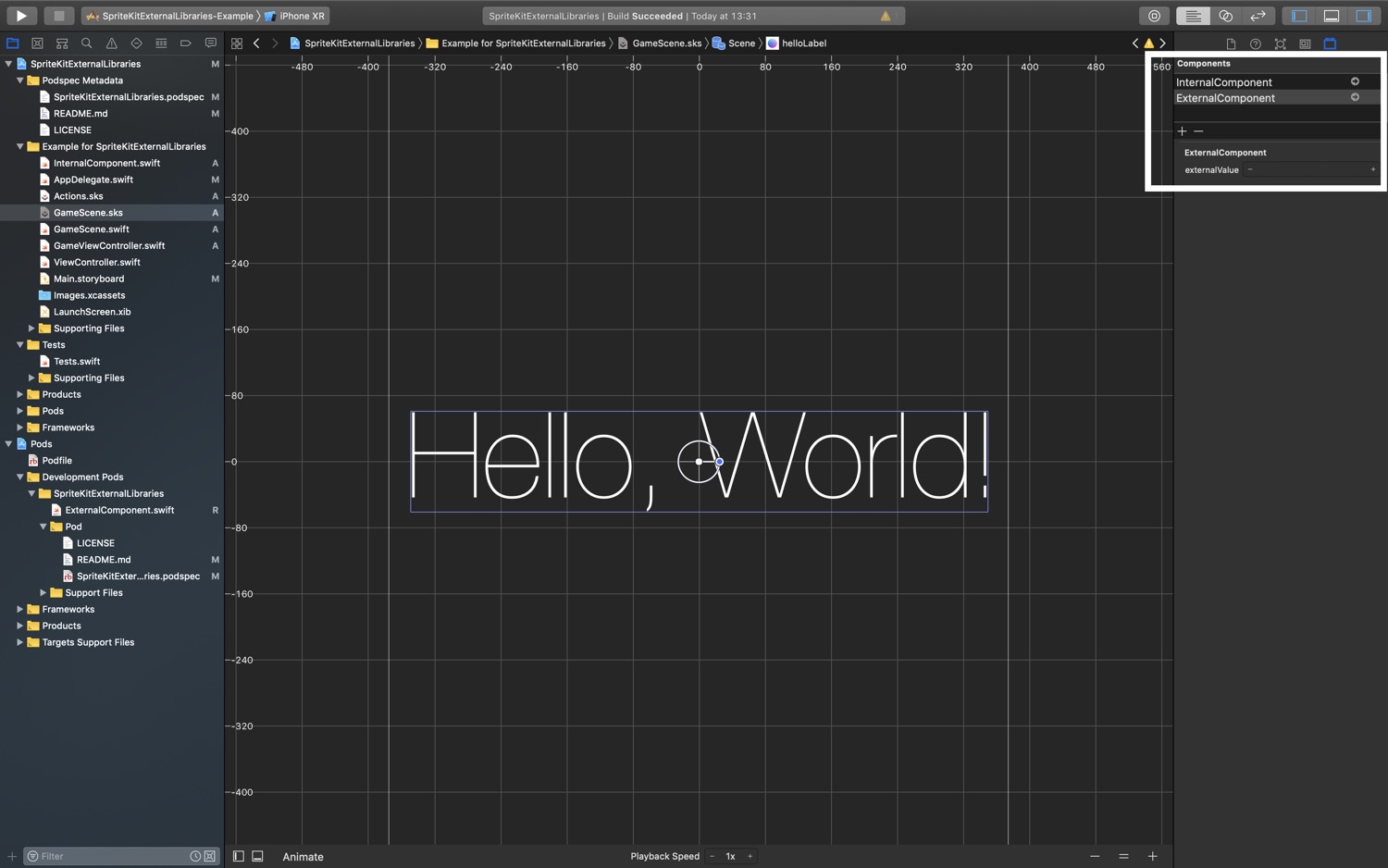I have a Direction enum that I use to position UI layers in my adventure game. It supports 8 compass directions plus a case for centre:
public enum Direction : String, CaseIterable, Codable {
case center, north, northeast, east, southeast, south, southwest, west, northwest
}








